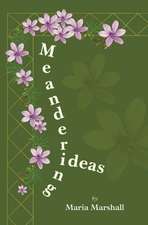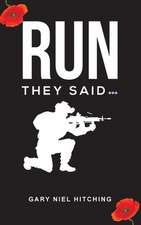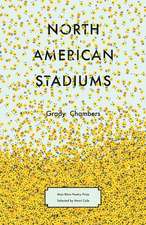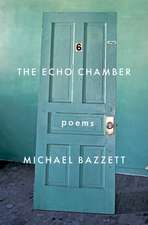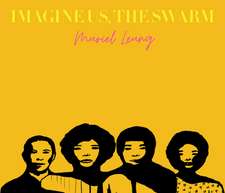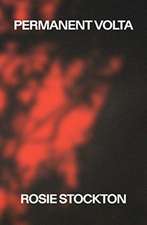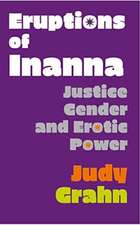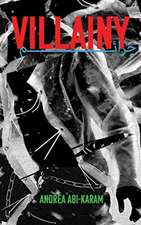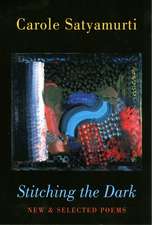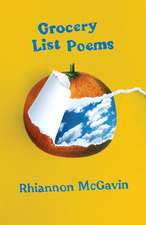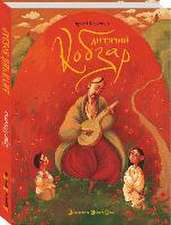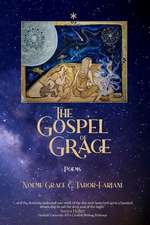Kobzar
Autor Taras Shevchenkoen Limba Engleză Paperback – 10 oct 2013
| Toate formatele și edițiile | Preț | Express |
|---|---|---|
| Paperback (1) | 172.95 lei 24 ore | |
| Glagoslav Publications Ltd. – 10 oct 2013 | 172.95 lei 24 ore | |
| Hardback (1) | 242.41 lei 3-5 săpt. | |
| Glagoslav Publications Ltd. – 10 oct 2013 | 242.41 lei 3-5 săpt. |
Preț: 172.95 lei
Nou
Puncte Express: 259
Preț estimativ în valută:
33.10€ • 34.43$ • 27.32£
33.10€ • 34.43$ • 27.32£
Carte în stoc
Livrare din stoc 04 martie
Preluare comenzi: 021 569.72.76
Specificații
ISBN-13: 9781909156548
ISBN-10: 190915654X
Pagini: 452
Dimensiuni: 156 x 234 x 26 mm
Greutate: 0.69 kg
Editura: Glagoslav Publications Ltd.
ISBN-10: 190915654X
Pagini: 452
Dimensiuni: 156 x 234 x 26 mm
Greutate: 0.69 kg
Editura: Glagoslav Publications Ltd.
Notă biografică
Taras Shevchenko (1814-1861) was a Ukrainian author and artist. The Kobzar, which he worked on for nearly 25 years, is considered his masterpiece. His works are celebrated worldwide in museums and cultural centres named after him.Shevchenko has a special place in Ukrainian history: his poetry is considered to be a foundation for modern written Ukrainian and for Ukrainian literature. Aside from his literary work, his paintings earned him many awards and a professional title from the Imperial Academy of Arts.Born into serfdom, Shevchenko experienced poverty from an early age. By the age of 11, he had lost both his parents, but before passing away, his father managed to get him an apprenticeship with a deacon, who taught the young boy to read and write. After the death of his parents, Shevchenko was an itinerant worker until the age of fourteen, when he became a house servant with his overlord, Pavel Engelhardt.The boy showed an early talent for art. At 15, he travelled with Engelhardt to St. Petersburg and was given a series of apprenticeships. Eventually, he came to the attention of several prominent intellectuals, including Russia's finest living painter, Karl Briullov, and poet Vasily Zhukovsky, who was the tutor of future Czar Alexander II. They bought Shevchenko's freedom for 2,500 rubles by auctioning off one of Bruillov's portraits of Zhukovsky. In 1838, Shevchenko was accepted into the Imperial Academy of Arts as Briullov's student.The first half of the 1840s is considered propitious for the artist. Having written poetry since 1837, Shevchenko published his first Kobzar in 1840. The collection earned him critical and popular acclaim, and his status as a cultural figure was on the rise. He returned to Ukraine for the first time at the age of 29, travelling extensively for a critical three year period from 1843-45 that resulted in a series of paintings and some of his most penetrating and patriotic verse. In Kyiv, he joined the Cyril and Methodius Brotherhood, a secret organization that advocated the abolition of serfdom and also the right of every Slavic nation to develop its own culture and language. His membership in the Brotherhood, deemed subversive by czarist authorities, as well as his controversial poetry, led to Shevchenko's arrest in 1847. He was then exiled with a military detachment to Orenburg on the edge of the Ural Mountains. Czar Nicholas I personally prohibited Shevchenko from writing or painting.Shevchenko, however, violated the Czar's orders. Such insubordination led to even deeper banishment to the town of Novopetrovsk on the desolate eastern shore of the Caspian Sea. (In honour of the poet, the city was renamed Shevchenko in 1963). His friends, including members of the prominent Tolstoy family, appealed for his release, which finally came in 1857.Shevchenko's health was permanently affected by the ordeal, but his creative output remained strong. In 1860, the Imperial Academy of Arts honoured the artist with a professional academic title. Soon after, his health deteriorated and he died of heart failure on March 10, 1861- seven days before the abolition of serfdom was formally announced.



